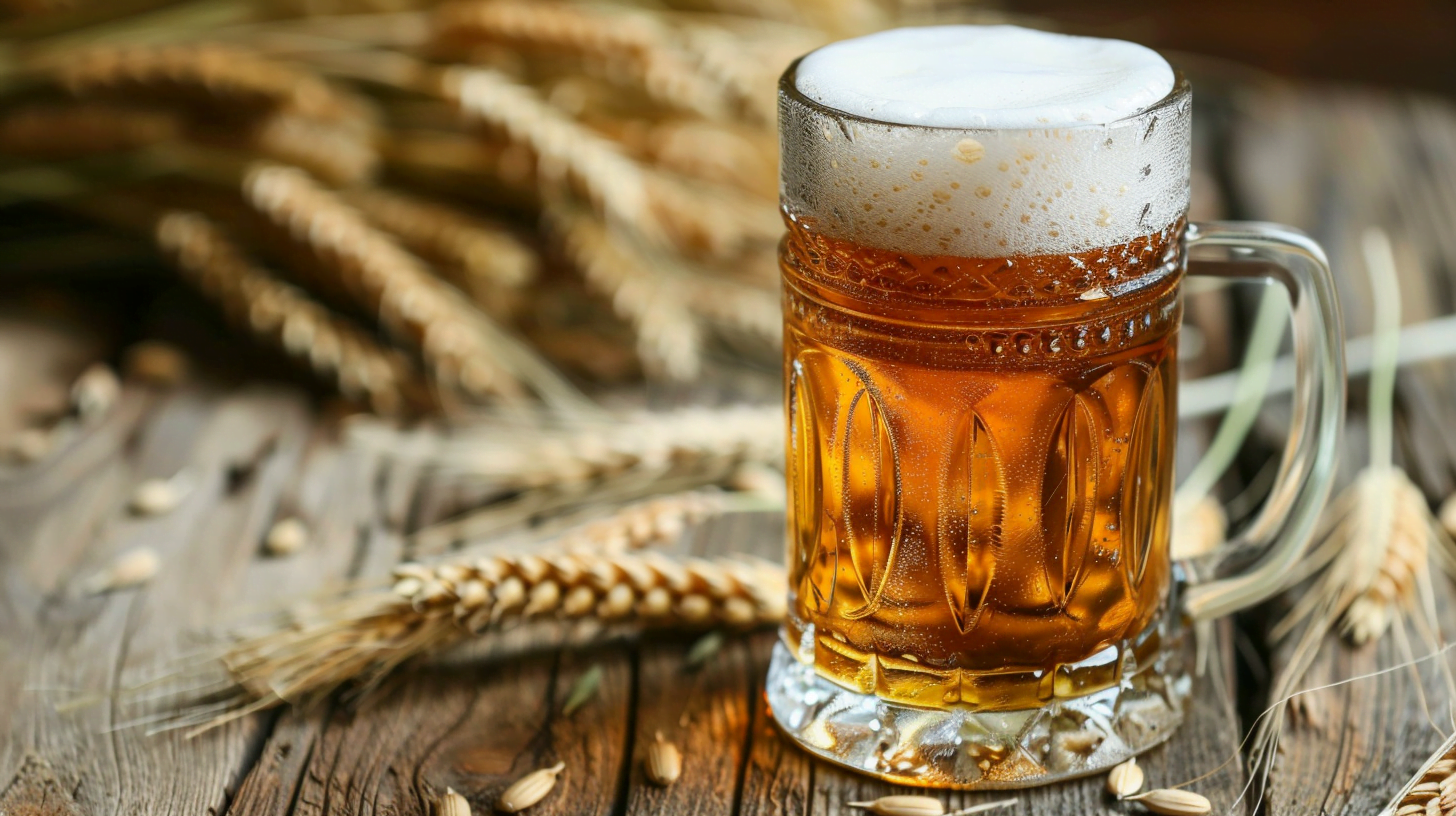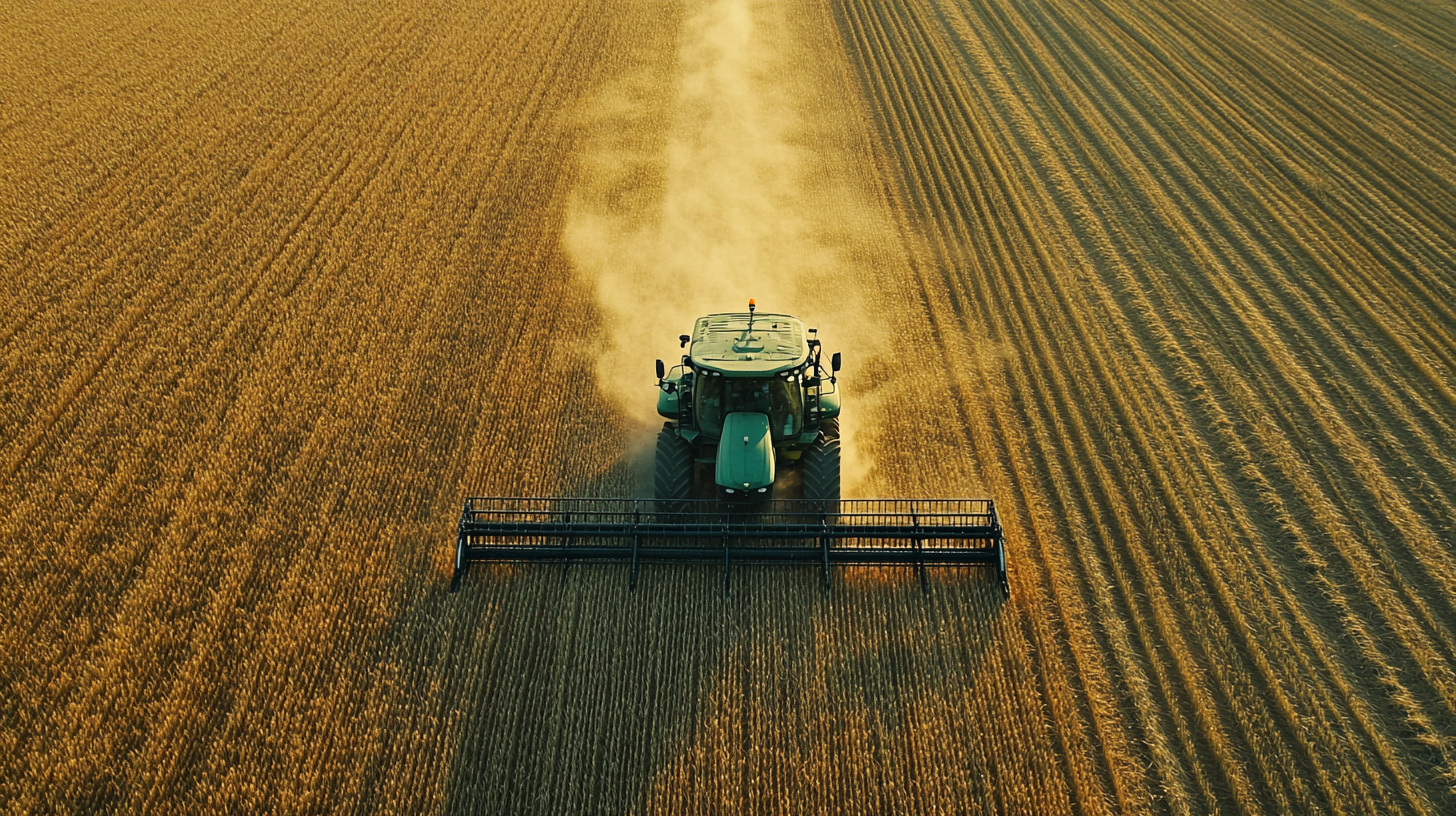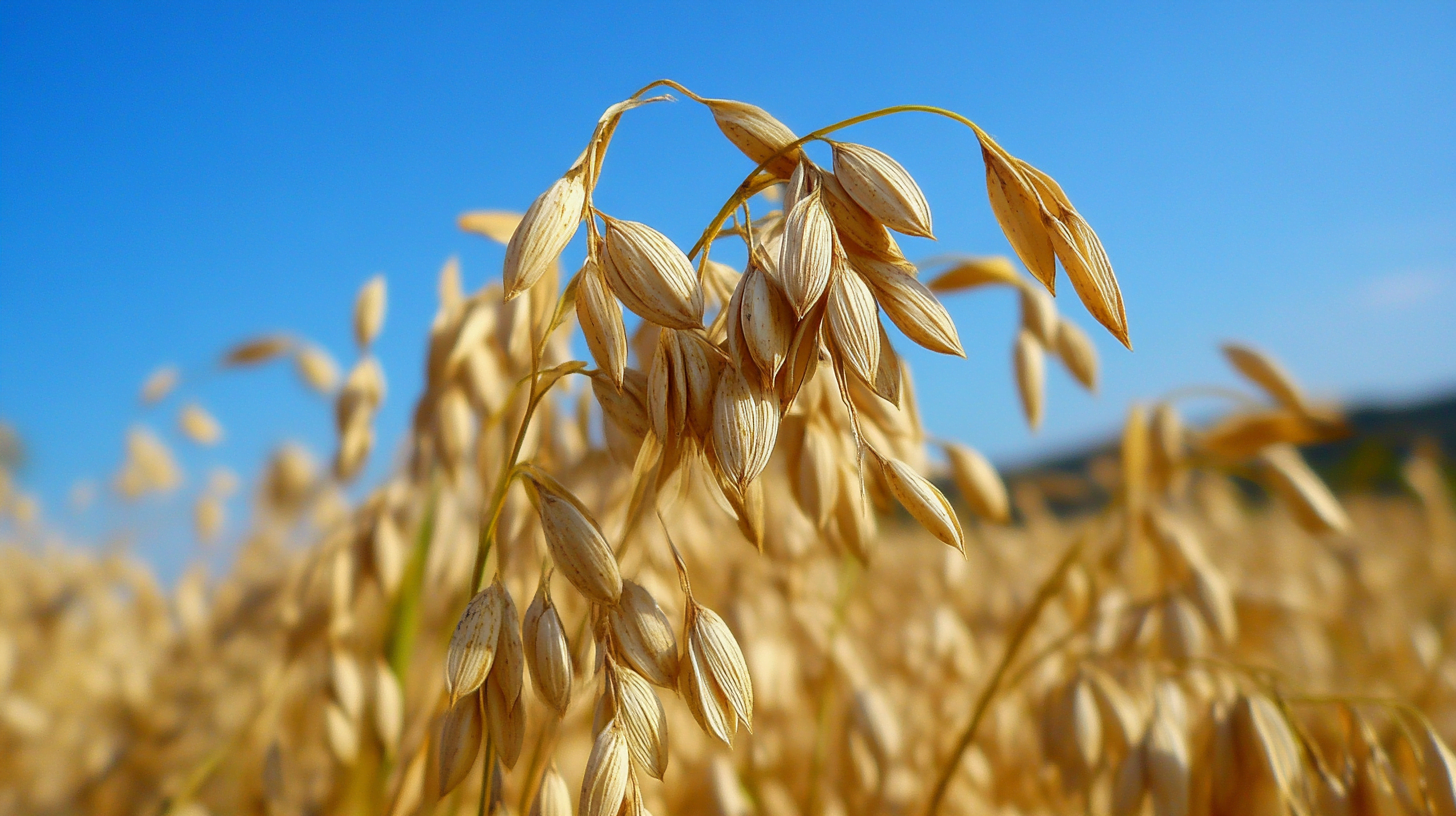Table of Contents
Rye, a versatile grain known for its distinctive flavor and nutritional value, plays a significant role in global trade. As a staple ingredient in bread, whiskey, and animal feed, rye is produced and traded worldwide. In this article, we’ll take an in-depth look at the top rye-importing country and explore the factors driving its demand for this valuable commodity.
What is Rye?
Rye (Secale cereale) is a grass grain closely related to wheat and barley. It is known for its hardy nature, ability to grow in poor soils, and resistance to cold temperatures. Rye grains are typically darker in color and have a lower gluten content compared to wheat. This unique grain is used in a variety of applications, including:
- Bread making (e.g., traditional rye bread, sourdough)
- Whiskey production (e.g., rye whiskey)
- Animal feed
- Cover crops and green manure
Global Rye Production
Rye is grown in many parts of the world, with the top producing countries being:
- Germany
- Russia
- Poland
- Belarus
- Denmark
These countries account for a significant portion of the world’s rye production. Factors such as climate, soil quality, and farming practices play a crucial role in determining the quantity and quality of rye produced in each region.
International Rye Trade
The global rye trade involves a complex network of importers and exporters. Countries with surplus production export their rye to nations with higher demand. Trade agreements, tariffs, and market conditions all influence the flow of rye across borders.

The Top Rye-Importing Country: Japan
Japan emerges as the world’s leading importer of rye, with a significant volume and value of rye imports compared to other countries. In 2020, Japan imported approximately 200,000 metric tons of rye, valued at over $50 million USD.
Domestic Rye Production in Japan
Despite its high import volume, Japan also has a domestic rye production industry. However, the country’s limited agricultural land and less favorable growing conditions make it challenging to meet the national demand for rye solely through local production.
Uses of Imported Rye in Japan
Imported rye in Japan is used in various industries, including:
- Food processing (e.g., bread, crackers, snacks)
- Beverage production (e.g., whiskey, beer)
- Animal feed
Japanese consumers have a growing interest in rye-based products, particularly in the bakery and snack sectors, driving the demand for imported rye.
Economic Impact of Rye Imports in Japan
The rye import industry contributes significantly to Japan’s economy by:
- Supporting jobs in the food processing, beverage, and animal feed sectors
- Generating revenue for businesses involved in the import, distribution, and utilization of rye
- Enabling the production of high-quality rye-based products for domestic consumption and export
However, relying heavily on imported rye also poses potential risks, such as exposure to global market fluctuations and supply chain disruptions.
Other Major Rye-Importing Countries
Apart from Japan, other countries with significant rye imports include:
| Country | Annual Import Volume (Metric Tons) |
|---|---|
| South Korea | 150,000 |
| United States | 120,000 |
| Netherlands | 90,000 |
| Spain | 80,000 |
Each of these countries has unique market dynamics and uses for imported rye, ranging from food production to animal feed.
Future Outlook for Rye Imports
The global rye trade is expected to evolve in the coming years, influenced by factors such as:
- Changes in consumer preferences and dietary trends
- Shifts in agricultural policies and trade agreements
- Advancements in rye production and processing technologies
- Climate change and its impact on rye-growing regions
As the leading importer, Japan’s future rye demand will likely shape the global market. Businesses, investors, and policymakers should closely monitor these trends to make informed decisions.
Conclusion
Japan’s position as the top rye-importing country underscores the significance of this versatile grain in global trade. The country’s demand for rye is driven by its diverse applications, growing consumer interest, and the need to supplement domestic production. Understanding the dynamics of the rye import market is crucial for stakeholders across the supply chain, from farmers to food manufacturers and policymakers.

FAQs
- What are the main factors driving rye import demand in Japan?
- Growing consumer interest in rye-based products
- Limited domestic rye production capacity
- Diverse applications in food processing, beverage production, and animal feed
- How does the quality of imported rye compare to domestically produced rye?
- Imported rye often undergoes strict quality control measures to ensure consistency and safety
- Some imported rye varieties may have unique characteristics or flavors not found in domestic production
- Are there any potential risks or downsides to relying heavily on imported rye?
- Exposure to global market fluctuations and price volatility
- Potential supply chain disruptions due to geopolitical events or natural disasters
- Reduced control over the production process and environmental impact
- How might changes in global rye production affect import prices and availability?
- Shifts in major rye-producing countries’ output can impact global supply and prices
- Climate change and extreme weather events may disrupt rye production and trade flows
- What are some emerging trends or innovations in the rye import industry?
- Increasing demand for organic and sustainably produced rye
- Development of new rye varieties with improved yield, disease resistance, or flavor profiles
- Adoption of blockchain technology for enhanced supply chain transparency and traceability
As the world’s leading rye importer, Japan’s influence on the global rye market cannot be overstated. By understanding the factors driving Japan’s rye demand and the potential challenges and opportunities in the rye import industry, stakeholders can make informed decisions and adapt to the evolving landscape of this important global commodity.



